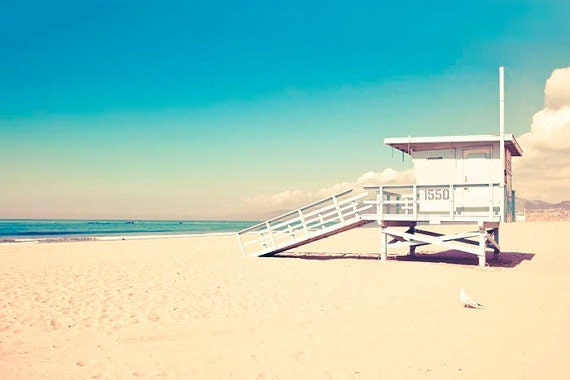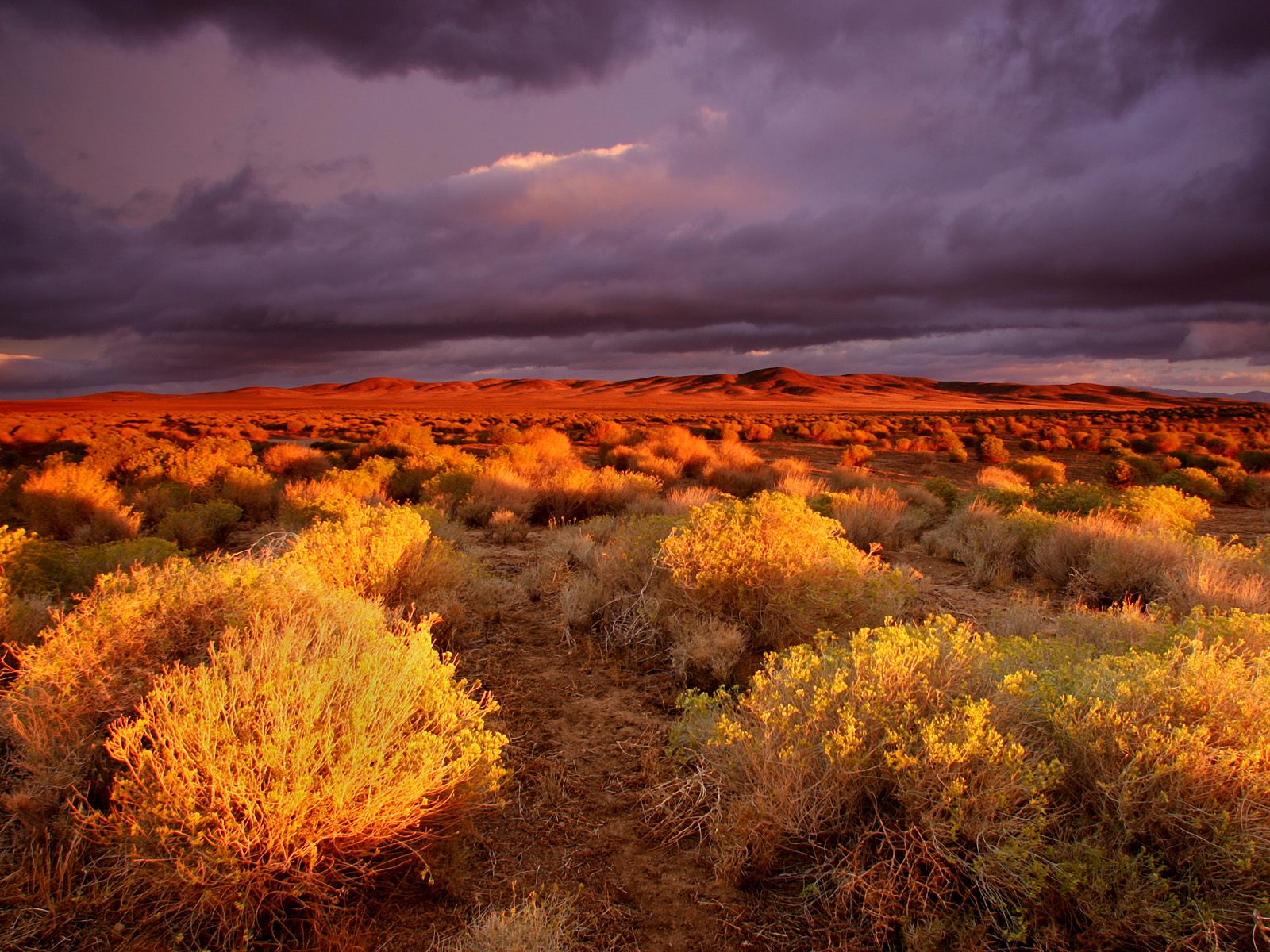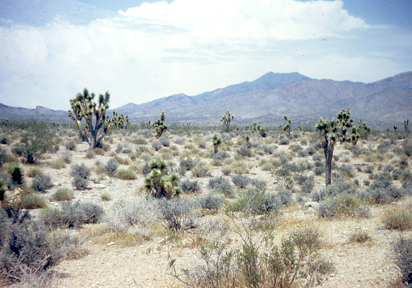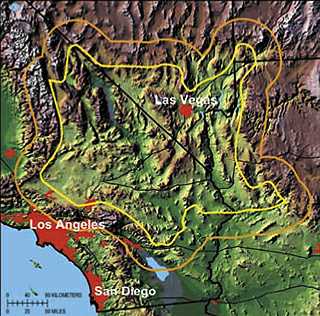
The Port of Los Angeles along with Long Beach is the one of the country's busiest. In 2011 the Port handled over 158 Million Metric Tons (MMRT) of products and goods. To put this into perspective, a metric to weighs 2200 pounds, meaning the Port of Los Angeles moves over 347,600,000,000 pounds of goods a year.

Over 16,000 people are directly employed at the two Ports and it covers over 7,400 acres of land and has a total of 78 miles of waterfront.

The Port is connected by rail and transportation of containers move from the ships to cargo trains for destinations throughout the country.

 In a study released in 2007 on the economic impact of the Ports of Los Angeles and Long Beach collectively done by the Alameda Corridor Transportation Authority (ACTA) found that the Ports as the two largest container velocities are vital to the economic well being of both the state of California and the country as a whole. They handle more than 40% of the nation's total containerized cargo import traffic and 24% of the nation's exports. The trade equates to $256 billion nationally and $62.5 billion of that trade is directly accountable to California. The taxes collected from the Ports is more $6.7 billion annually.
In a study released in 2007 on the economic impact of the Ports of Los Angeles and Long Beach collectively done by the Alameda Corridor Transportation Authority (ACTA) found that the Ports as the two largest container velocities are vital to the economic well being of both the state of California and the country as a whole. They handle more than 40% of the nation's total containerized cargo import traffic and 24% of the nation's exports. The trade equates to $256 billion nationally and $62.5 billion of that trade is directly accountable to California. The taxes collected from the Ports is more $6.7 billion annually.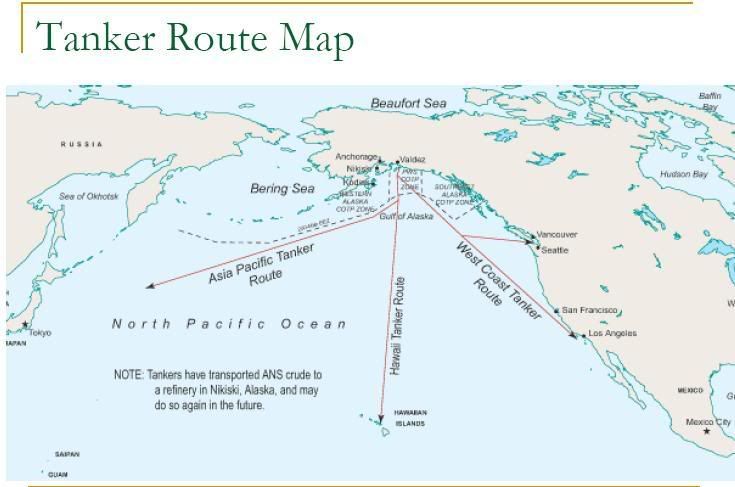 Los Angeles has become the primary gateway for trade between the U.S. and countries of the Pacific Rim. When the the Ports are connected to all the other agglomeration industries it is responsible for more than 900,000 jobs state-wide.
Los Angeles has become the primary gateway for trade between the U.S. and countries of the Pacific Rim. When the the Ports are connected to all the other agglomeration industries it is responsible for more than 900,000 jobs state-wide. Source:
The Port of Los Angeles
http://www.portoflosangeles.org/









